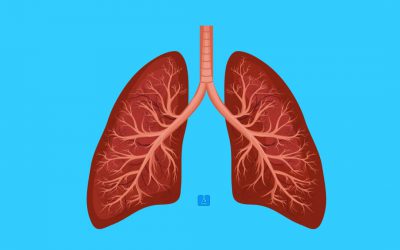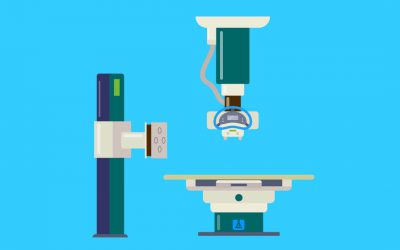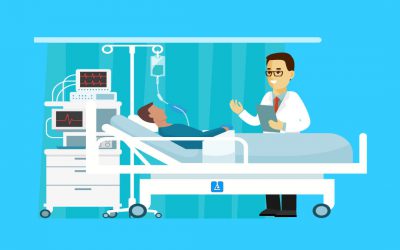This Lab consists of a wide range of experiment sets that cover most basic concepts, techniques, and methods in applied sciences medicine. The lab covers topics of Human Physiology, The Nervous System, Radiology & Ultrasonic, Diagnostics, Nuclear Medicine, Laboratory Diagnostics, Histology and Medical Microbiology, Biochemistry, and Biomechanics.
We can supply individual experiment sets or as a complete turnkey system.
This integrated lab enables students to apply many experiments and activities in medical microbiology such as:
- Changes in the blood flow during smoking
- Doppler sonography
- investigate our physical fitness – the heart under stress
- Human merging frequency and upper hearing threshold
- Subjective color mixing with the color wheel
- Laws of lenses and optical instruments
- Time resolving capability of the human eye
- Determination of the human visual field
- Test of human reaction capacity
- Ionic permeability of the cell membrane
- The conductivity of strong and weak electrolytes
- Direct determination of lung volume from a spirogram
- Does the lung volume depend on how tall you are?
- Diagnosis of lung disease (FEV)
- How much air can our lungs contain (spirometry)
- Nerve cell interactions Xpert-Link
- Neural networks Xpert-Link
- Measuring reading skills
- Learning performance of humans
- Computed tomography
- Radiographic examination of objects
- Contrast medium experiment with a blood vessel model
- Determination of length and position of an object which cannot be seen
- A qualitative examination of the absorption of X-rays
- Absorption of X-rays
- X-ray dosimetry
- Magnetic Resonance Imaging (MRI) I
- Fundamental principles of Nuclear Magnetic Resonance (NMR)
- Relaxation times in Nuclear Magnetic Resonance
- Spatial encoding in Nuclear Magnetic Resonance
- Ultrasonic computed tomography
- Ultrasonic echography (A-Scan)
- Ultrasonic investigation with breast dummy
- Ultrasonic echography (B-Scan)
- The velocity of ultrasound in a solid-state material
- Flow Measurement / Ultrasonic Doppler effect
- Visualization of radioactive particles/ diffusion cloud chamber
- Basic methods in imaging of micro and nanostructures with AFM (Atomic Force Microscopy)
- Electron absorption
- Inverse-square law and absorption of gamma or beta rays with the Geiger-Muller counter
- Ionizing effect of X-radiation
- Nucleus and chromosomes
- Liver cells (hepatocytes)
- Kidney
- Blood cells
- Absorption of light (UV-VIS spectroscopy)
- Absorption spectra and pKa values of p-methoxyphenol
- Distribution equilibrium
- Nematoda
- Mould fungi growing on food
- Bacteria
- Evidence of the spread of bacteria
- Evidence of the effect of antibiotics, chemotherapeutics and disinfectants
- Fundamental microbiological working methods
- Determination of the microbial count
- Glycolysis (pressure measurement)
- Glycolysis (temperature measurement)
- Determination of the isoelectric point of various amino acids



